Electric vehicles are becoming more popular, but not every aspect of them appeals to drivers. From long charging times to higher upfront costs, there are certain features that leave some buyers frustrated. While EVs offer many benefits, it’s clear that a few factors are turning potential owners away. Let’s take a closer look at the features that are making drivers think twice.
Contents
Limited Range

One of the most common concerns among EV owners is the limited driving range. While some newer models can achieve over 300 miles on a full charge, it still don’t match the convenience of gasoline vehicles. For drivers who take frequent long trips, the need to plan routes around charging stations adds unnecessary stress. Additionally, this limitation becomes even more frustrating for those in rural areas, where charging infrastructure is sparse.
Long Charging Times

Compared to the quick refuel at a gas station, EV charging can feel painfully slow. Even with fast chargers, it can take up to 30 minutes to reach 80% battery capacity. Standard home chargers are even slower, often requiring several hours or overnight charging. For drivers on tight schedules, this extended downtime is a major inconvenience.
High Purchase Price
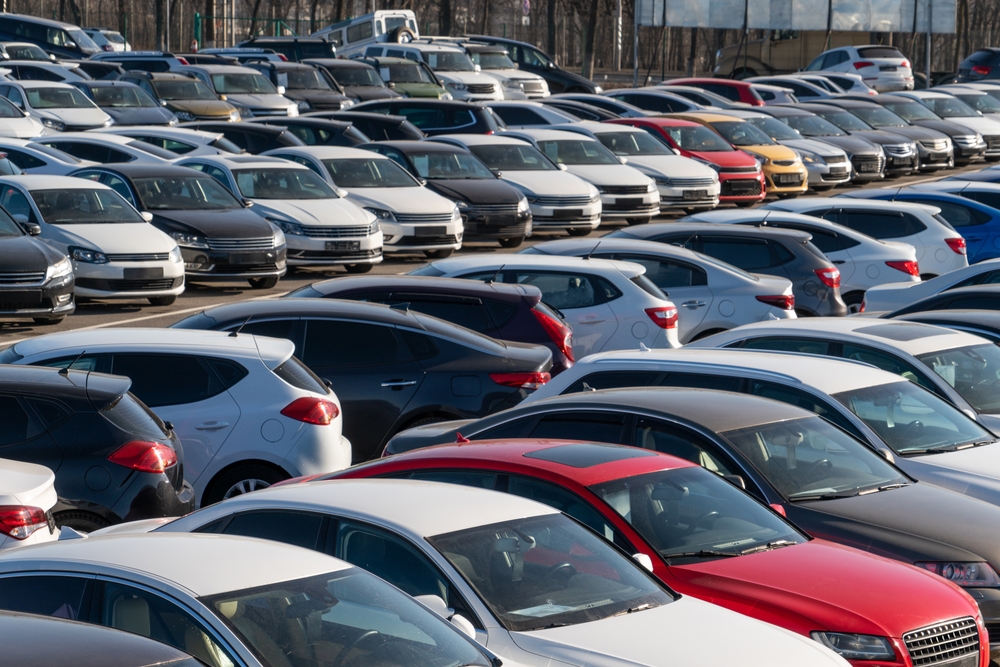
The initial cost of buying an electric vehicle remains a significant hurdle for many potential buyers. Although prices have been decreasing, EVs are still more expensive than comparable gas-powered models. This higher price is mainly due to costly battery technology. Even with available tax credits, many drivers are hesitant to invest in a vehicle that requires a higher upfront cost.
Lack of Charging Infrastructure

A widespread complaint among EV drivers is the lack of reliable charging infrastructure, especially in non-urban areas. In rural or suburban settings, drivers often need to travel long distances just to find a compatible charging station. Furthermore, some stations are not universal, creating compatibility issues with certain EV models. This lack of accessibility remains a deterrent for those who don’t live in areas with well-established networks.
Limited Vehicle Options
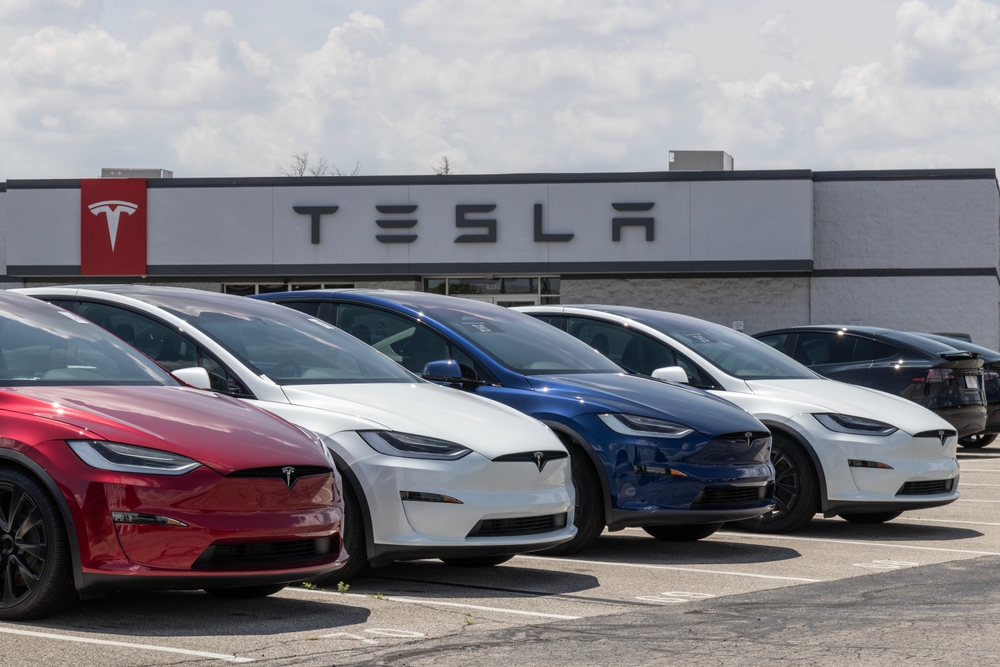
The selection of electric vehicles is still considerably smaller compared to traditional gasoline cars. While there are a growing number of models available, many consumers feel that the variety is lacking, especially in categories like trucks or sports cars. This limited range of choices can be a dealbreaker for drivers with specific lifestyle needs. As a result, some potential EV buyers opt to wait for a broader selection.
Inconsistent Charging Speeds

Another frustration drivers face is the inconsistency in charging times, which can vary greatly depending on the station. Some public chargers are fast, but others may take hours to replenish a battery. This unpredictability can cause delays for drivers, particularly on longer journeys. The lack of standardization in charging infrastructure leaves many EV owners feeling uncertain about travel plans.
Lack of Long-Term Data on Durability
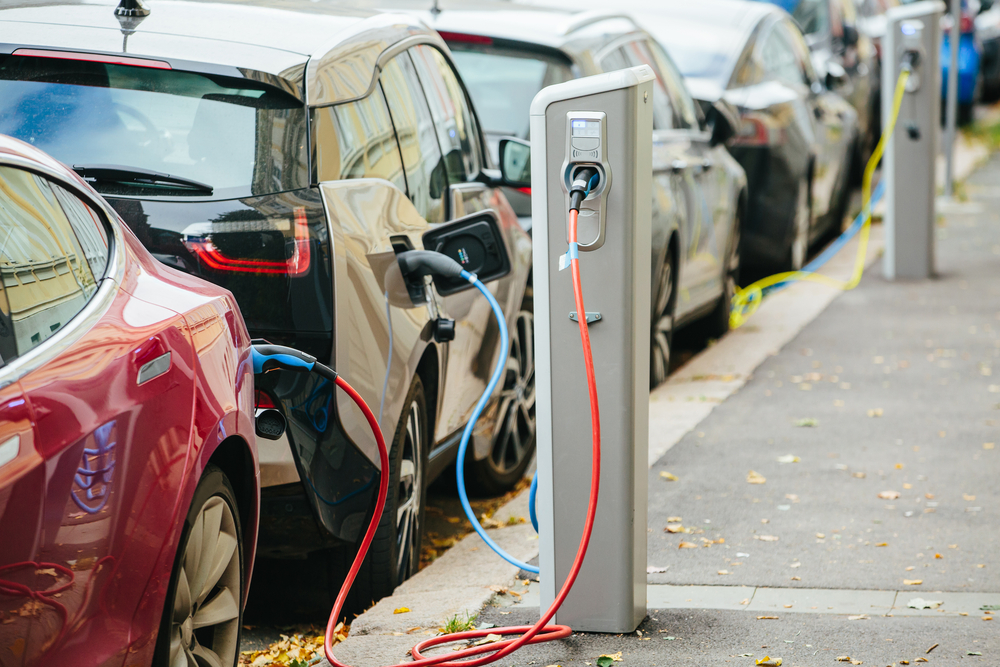
Electric vehicles are relatively new, and there’s limited data on how well they hold up over time. This leaves many potential buyers concerned about long-term maintenance and battery replacement costs. While manufacturers offer warranties, the uncertainty surrounding battery degradation makes some drivers nervous. For many, the fear of costly repairs down the line outweighs the benefits of going electric.
Cold Weather Performance
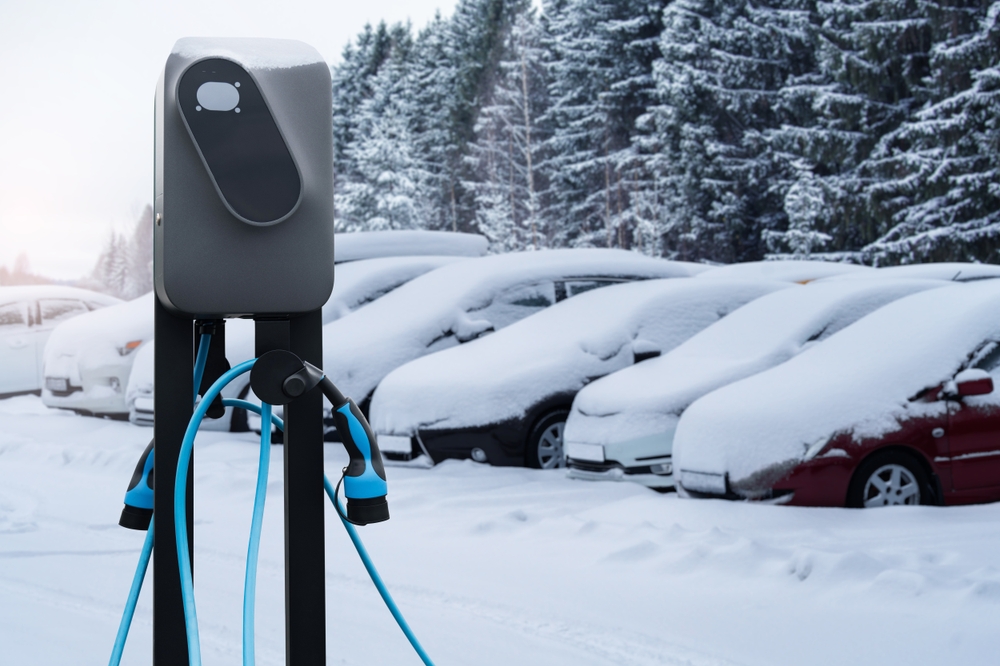
EV performance can suffer significantly in colder climates, affecting both range and charging times. In low temperatures, batteries deplete faster, leaving drivers with less range than expected. Charging the vehicle in cold weather also takes longer, adding further inconvenience during the winter months. For those living in colder regions, these issues can be a major deterrent to EV ownership.
Reduced Towing Capacity

Towing with an electric vehicle can dramatically reduce the car’s range, which turns off drivers who rely on their vehicles for heavy-duty tasks. While EVs generally offer excellent torque, the energy required to tow significantly drains the battery. This makes them less practical for towing trailers, boats, or other large loads. Traditional gasoline or diesel trucks still reign supreme in this category.
Limited Repair Options

Finding a mechanic qualified to repair electric vehicles is not as easy as it is for gasoline cars. Many auto shops lack the specialized training and tools needed to service EVs, meaning owners often have to rely on dealerships for repairs. This can result in higher costs and longer wait times for repairs. As a result, some drivers find the inconvenience of limited service options frustrating.
Uncomfortable Regenerative Braking
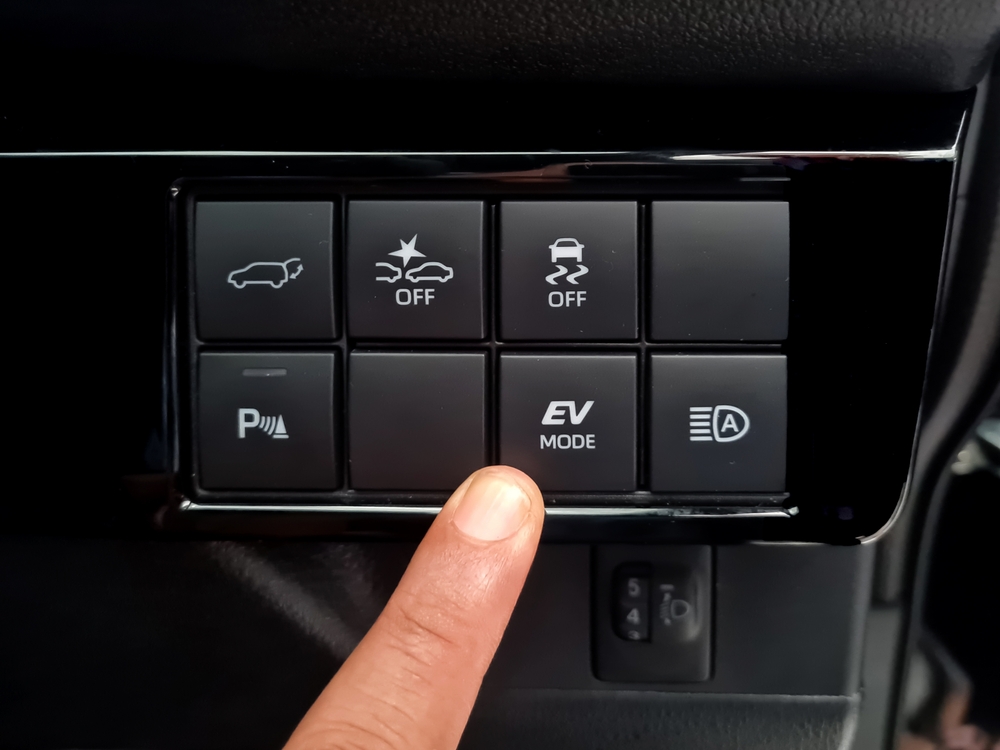
Regenerative braking is designed to extend battery life by capturing kinetic energy, but not everyone finds it user-friendly. Some drivers complain that the braking feels jerky or too aggressive, especially when they first start using it. Adjusting to this different style of braking can make the overall driving experience less smooth. For those used to traditional braking, this can be an off-putting aspect of driving an EV.
Limited Fast-Charging Availability
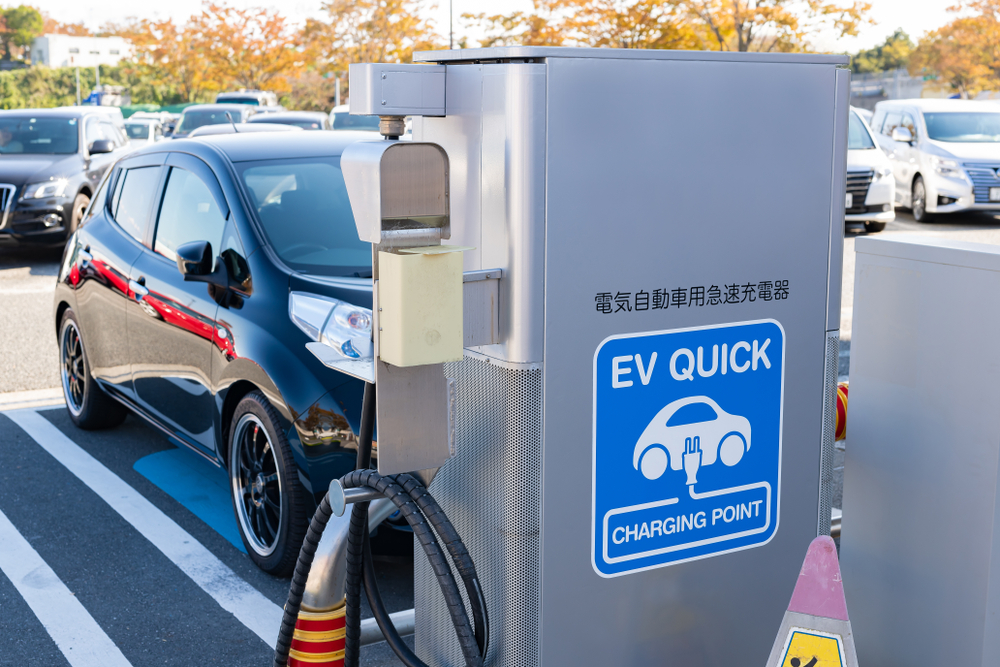
Although fast-charging stations are gradually becoming more common, they are still far from ubiquitous. Many EV drivers find themselves relying on slower chargers, which can take hours to deliver a full charge. On long road trips, the lack of fast-charging stations can significantly extend travel time. For frequent travelers, this limited access to quick recharging is a major drawback.
Higher Insurance Costs

One downside that potential EV owners face is the higher cost of insurance. Due to the expensive components, such as the battery, insurers often classify EVs as higher-risk vehicles, leading to inflated premiums. Additionally, repairs can be more costly, further driving up insurance rates. For budget-conscious drivers, the extra expense of insuring an EV may not be worth it.
Reduced Cargo Space

Some electric vehicles sacrifice cargo space due to the size and placement of their batteries. This design choice limits storage capacity, which can be a dealbreaker for families or drivers who frequently transport large items. While some models offer creative storage solutions like front trunks (“frunks”), the overall space is still often smaller than traditional cars. This makes EVs less appealing for those who prioritize practicality.
Limited Dealer Knowledge

Not all dealerships are well-versed in electric vehicle technology, which can lead to a frustrating buying experience. Some drivers report feeling uninformed about essential aspects like charging, range, and battery care because the sales staff lacked the necessary knowledge. This lack of expertise can make potential buyers feel uneasy about making such a significant investment. Drivers expect detailed guidance, but when it’s missing, it leaves them dissatisfied.
Poor Battery Recycling Programs

A growing concern among environmentally conscious drivers is the lack of adequate recycling programs for electric vehicle batteries. While EVs are marketed as eco-friendly, the disposal of their large lithium-ion batteries poses environmental risks. Without proper recycling solutions, these batteries often end up in landfills, contributing to pollution. For drivers who prioritize sustainability, this issue is a significant drawback.
Complex Infotainment Systems
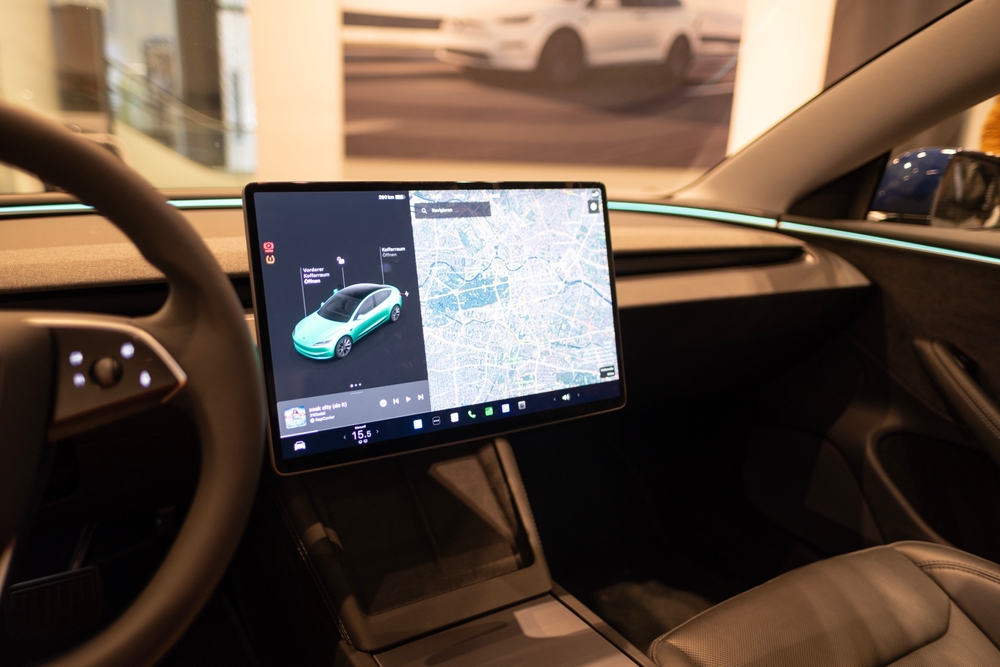
While electric vehicles often boast cutting-edge infotainment systems, these high-tech features can be overly complicated for many users. The reliance on touchscreens and digital interfaces can make even simple tasks, like adjusting the temperature, unnecessarily difficult. Drivers who prefer physical buttons or more intuitive controls find these systems frustrating to navigate. The complexity of these interfaces can detract from the ease of driving an EV.
High Depreciation Rates

Electric vehicles tend to lose their value more quickly than traditional gasoline cars, which is a concern for many buyers. As technology rapidly improves, older EV models become outdated faster, leading to steep depreciation. This can make reselling an electric vehicle a less attractive option. For drivers who view their car as an investment, the high depreciation rate is a significant downside.
This article originally appeared in MyCarMakesNoise.
More from MyCarMakesNoise
15 Breakthroughs Making Aviation More Eco-Friendly

As the world shifts towards sustainability, the aviation industry is making significant strides to reduce its environmental footprint. From groundbreaking technologies to innovative practices, the top 15 advances in green aviation are transforming how we fly. Read More.
16 Historic Ships That Vanished in the Open Ocean

The vastness of the open ocean has always held mysteries, and among them are the tales of historic ships that set sail, never to return. These vessels, once filled with life and purpose, vanished without a trace, leaving behind only questions and legends. Read More.
10 Surprising Non-Automotive Products by Lamborghini

Lamborghini is best known for its high-performance supercars, but the brand has also ventured into surprising non-automotive products that reflect its signature style and luxury. Read More.














